The History of LGBTQI+ Pride
By Photobox on 21 May 2025
Pride Month is here. Dive into the vibrant history of LGBTQI+ Pride, from the Stonewall Riots to today’s global festivities. Celebrate the resilience and unity of the LGBTQI+ community as we honour the journey towards a more inclusive world, and discover our top tips for taking powerful Pride photos.
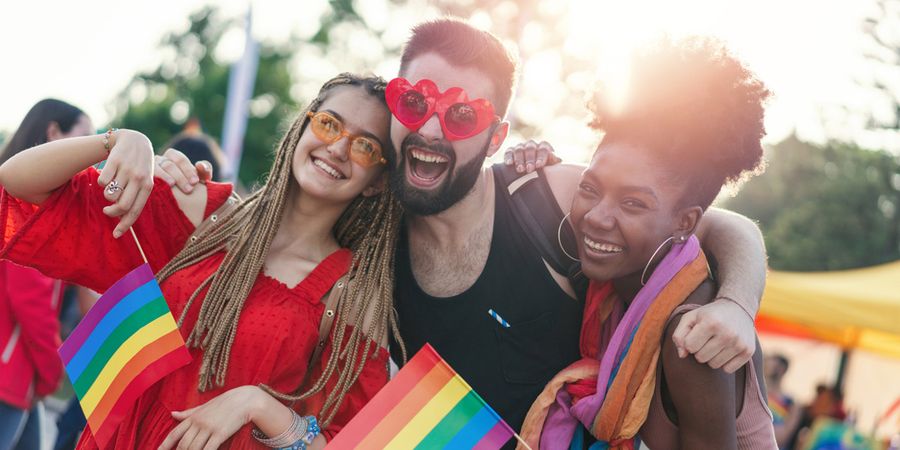
Pride is more than just a celebration – it’s a powerful expression of the LGBTQI+ community’s journey towards equality, acceptance, and visibility. With roots in resistance and a long history of fighting for equal rights, Pride events today are often joyful, colourful festivals of visibility that bring together people from all walks of life. In honour of Pride Month, let’s take a closer look at the origins of Pride, its evolution over the years, and why it matters that we are all allies in the fight for equality.
What is Pride?
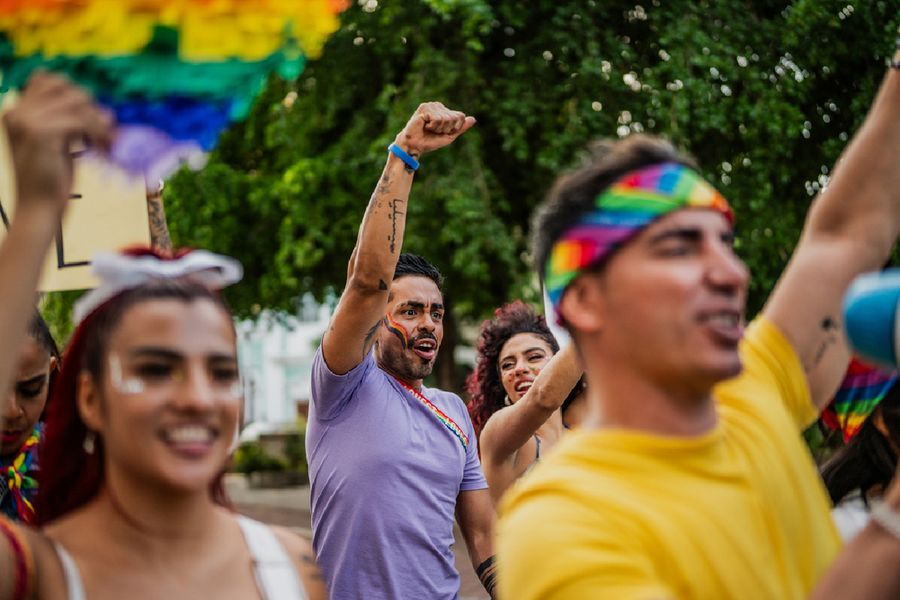
Pride is a celebration of the LGBTQI+ community’s identity, achievements, and ongoing fight for equality and acceptance. The origins of Pride as we know it today can be traced back to the Stonewall Riots of 1969 in New York City. These riots erupted in response to a police raid at the Stonewall Inn, a popular gay bar in Greenwich Village. The violent and discriminatory actions of the police sparked a wave of activism within the LGBTQI+ community. Over six days of protests and clashes with law enforcement, the riots galvanised activists and gave birth to the modern LGBTQI+ rights movement.
Though often culminating in a Pride March, Pride is not just a singular event. Through parades, festivals, and community events, Pride brings people together to celebrate diversity, promote inclusivity, and continue the fight for a world where everyone can live freely and authentically.
Why was the rainbow flag chosen for Pride?
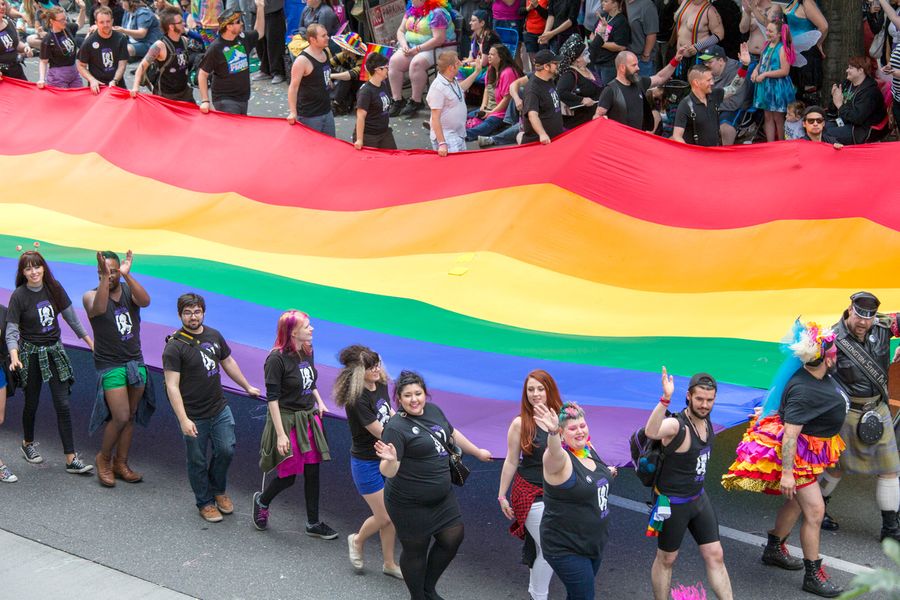
The rainbow flag is a symbol of diversity, inclusion, and pride within the LGBTQI+ community. It was designed by artist and activist Gilbert Baker in 1978, who was inspired by Harvey Milk, one of the first openly gay elected officials in the USA. The flag originally featured eight stripes, but due to fabric availability, it was simplified to six stripes over time.
Today, the rainbow flag is an iconic emblem of the LGBTQI+ movement, flown proudly at Pride events around the world. There are several modern variations on the classic rainbow flag, with the most recent Pride flag now including additional stripes and a circle to represent people of colour, as well as those who identify as transgender, gender nonconforming (GNC) or non-binary.
The evolution of Pride across the world
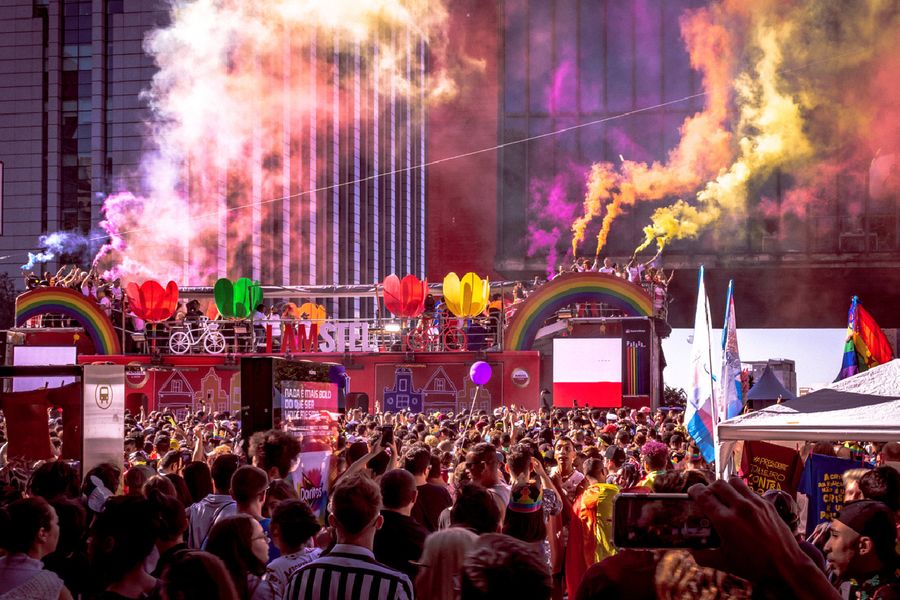
The Pride movement has evolved globally since the early 1970s, reflecting the progress and ongoing struggles of the LGBTQI+ community. London hosted the first European Pride event in 1972, which was followed by Berlin’s inaugural Christopher Street Day in 1979.
In 1990, Johannesburg made history by hosting Africa’s first Pride parade. This bold statement in a region where LGBTQI+ rights are often restricted signified a growing demand for equality and acceptance across the continent, despite the severe persecution many still face.
In Asia, the movement also started to take root in the 1990s. Tokyo, Japan, hosted its first Pride march in 1994, followed by Manila in the Philippines in the same year. Taiwan, a leader in LGBTQI+ rights in Asia, hosted the first Taipei Pride parade in 2003 and is now the largest Pride march in the region. In India, the first Pride march took place in Kolkata in 1999, known as the Kolkata Rainbow Pride Walk.
South America saw its own milestones in the 1990s. Buenos Aires, Argentina, held its first Pride march, Marcha del Orgullo, in 1992. São Paulo, Brazil, followed in 1997, growing into one of the largest Pride parades globally. One of the largest Pride parades in history actually took place in São Paulo in 2013, with approximately 5 million attendees.
Celebrating joy and unity
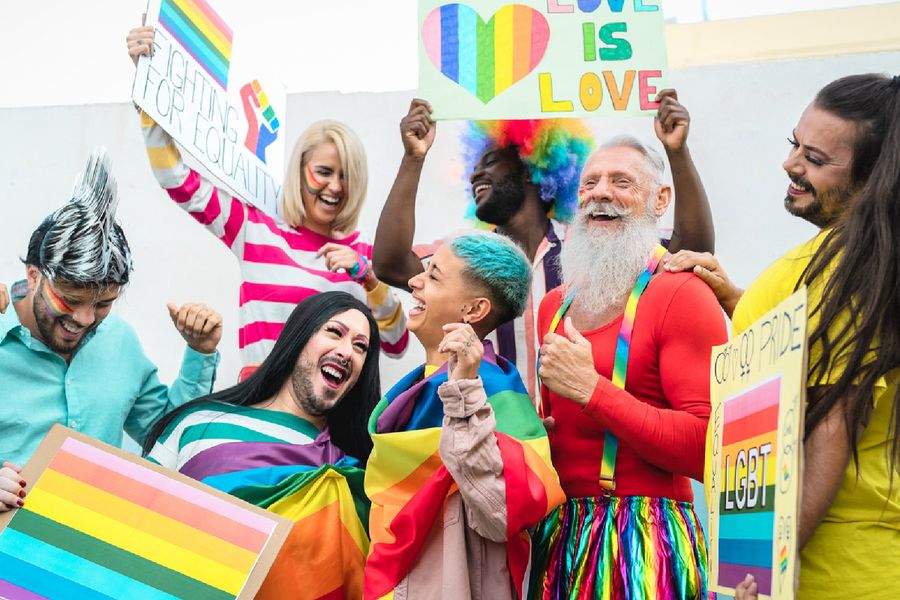
Pride events today are passionate, multifaceted celebrations that embody the spirit of joy, unity, and inclusivity. Bringing together people of all ages, backgrounds, and identities, they are not only a platform for activism but a time to celebrate the rich diversity of the LGBTQI+ community.
As anyone who has attended a Pride event can testify, the atmosphere is often electric, filled with laughter, music, and cheers as people come together to celebrate their authentic selves. Families, friends, and allies all join in the celebrations, embracing the spirit of Pride and showing universal support for the LGBTQI+ community.
Hard-won progress
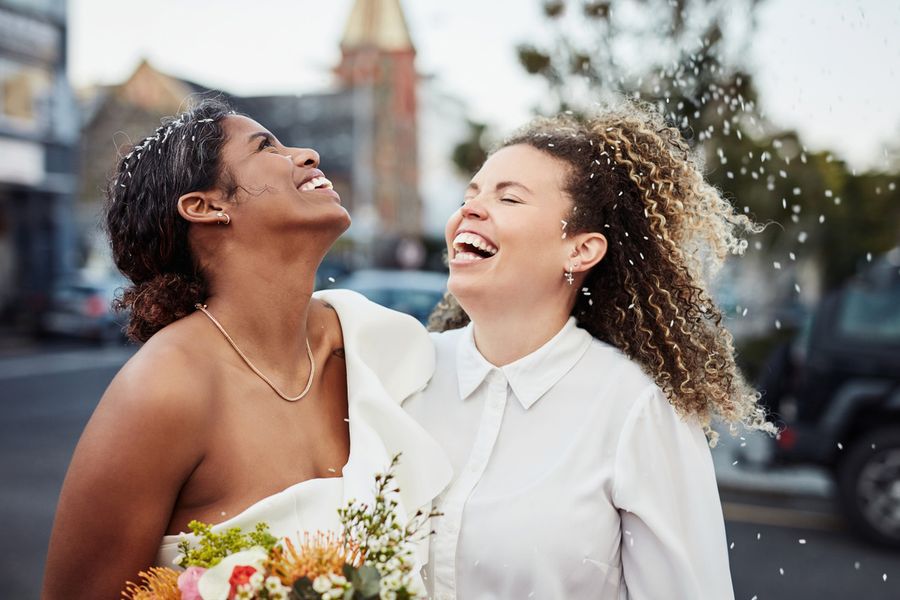
Legalising same-sex marriage has been one of the most significant milestones in the fight for LGBTQI+ rights It represents not only the recognition of love in all its forms but also the dismantling of discriminatory laws that have long oppressed the LGBTQI+ community. The journey to this achievement has been marked by years of demonstrations, united marches, and relentless advocacy.
The Netherlands was the first country to take this historic step in 2001, paving the way for others to follow. This landmark decision inspired countries around the world to reconsider their own laws and attitudes towards same-sex marriage. Following the Netherlands, Belgium legalised same-sex marriage in 2003, Spain in 2005, and Canada the same year.
In the following years, other countries, too, have slowly but surely joined the movement towards equality. In 2006, South Africa became the first African country to legalise same-sex marriage, marking a significant victory on a continent where LGBTQI+ rights are heavily restricted. Argentina led the way in South America in 2010, becoming the first country on the continent to recognise same-sex marriage. New Zealand made history in the Asia-Pacific region in 2013, followed by Taiwan in 2019, which became the first in Asia to legalise same-sex marriage.
With 37 countries around the world having legalised same-sex marriage, these legal victories are moments to celebrate. They serve as powerful reminders of what has been achieved and the importance of continuing the fight.
Tips for photographing Pride events
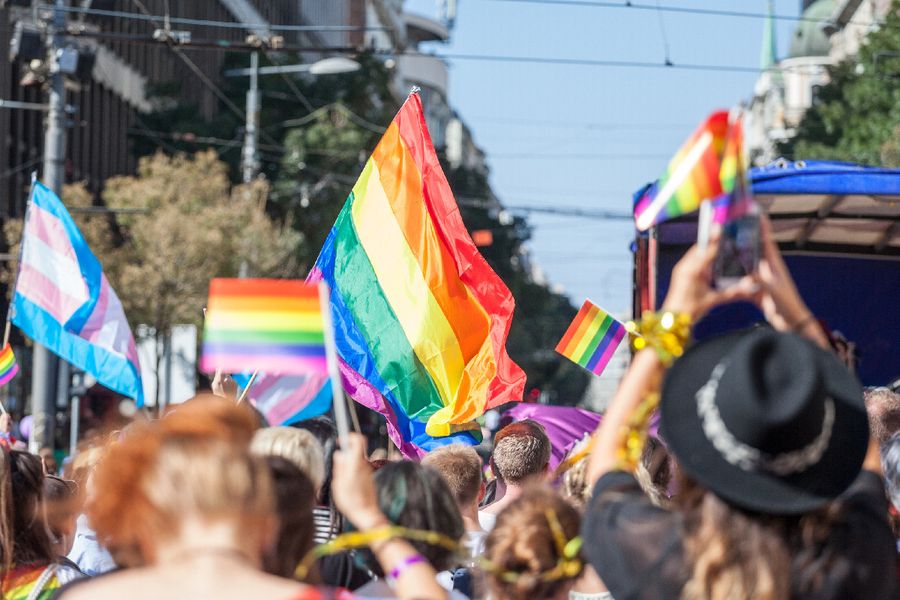
Photography has played a crucial role in documenting the history and evolution of LGBTQI+ Pride. From the early days of the Stonewall Riots to the global events of recent years, professional and amateur photographers alike have captured the spirit of the LGBTQI+ community. These images not only serve as powerful reminders of the past but also work to inspire and educate future generations.
Photographing Pride events is a powerful way to capture the vibrant spirit and diversity of the LGBTQI+ community. Here are some tips to help you take fantastic photos while respecting the occasion.
Be respectful: Always ask for permission before taking someone’s photo. Respect privacy and be mindful of the context, ensuring you do not intrude on personal moments.
Capture the details: Focus on the small details that make Pride unique, like the vibrant costumes, flags, and accessories. These elements often tell a bigger story about the event.
Get candid shots: Some of the best photos are unposed. Candid shots can convey the genuine emotions and atmosphere of the event.
Stay engaged: Participate in the event and be part of the celebration, not just an observer. Engaging with the event will help you capture more authentic and meaningful photos.
Highlight diversity: Pride events are a celebration of inclusivity, so aim to photograph a wide range of people from different backgrounds and identities.
Pride is a celebration of victories and a reminder of the work that still needs to be done. It is a space where everyone can express their true selves without fear, fostering a sense of belonging and solidarity.
The unity displayed at Pride events sends a powerful message to the world: that love, diversity, and acceptance are values to be celebrated and upheld. Through these celebrations, the LGBTQI+ community continues to inspire change and build a more equal society for all.